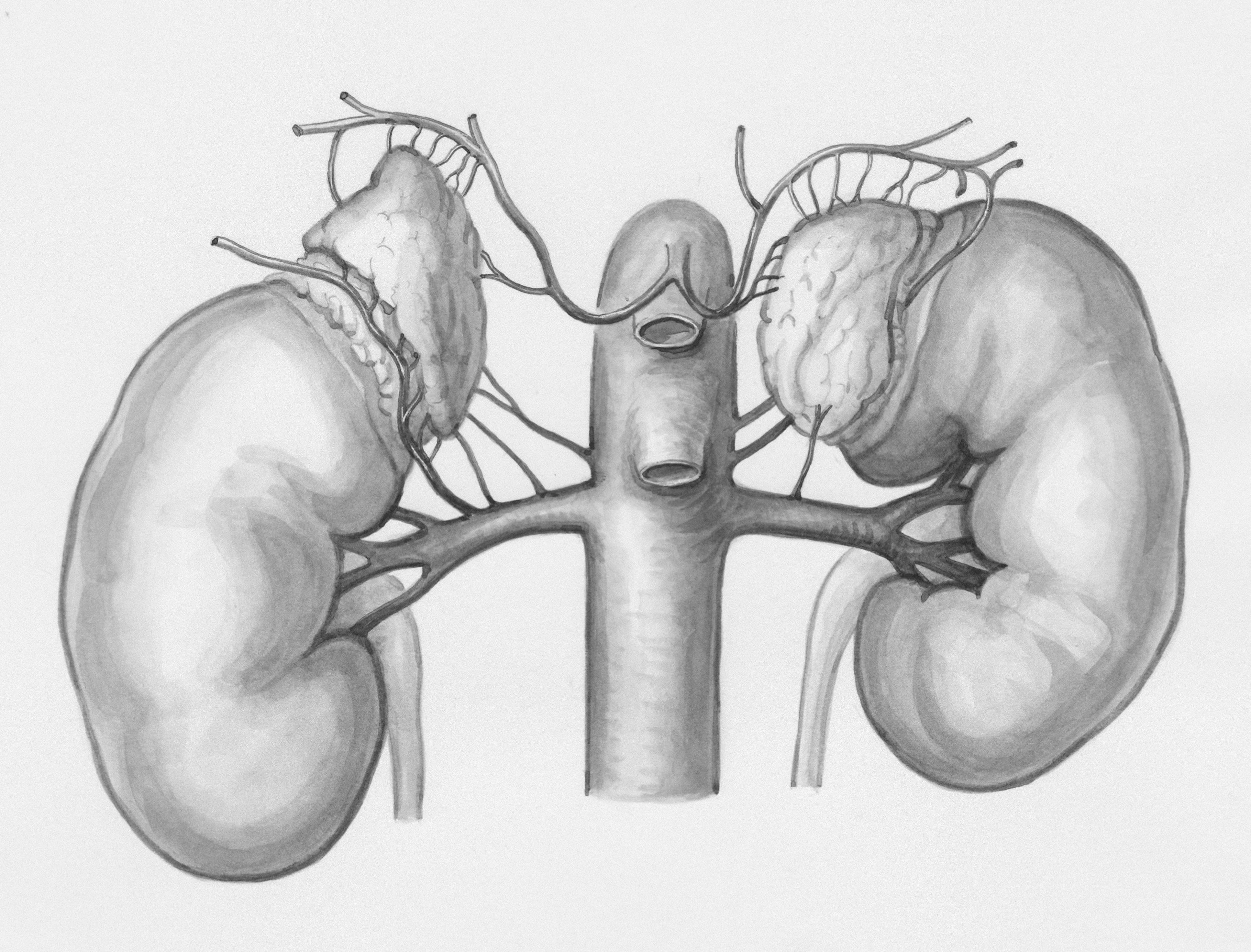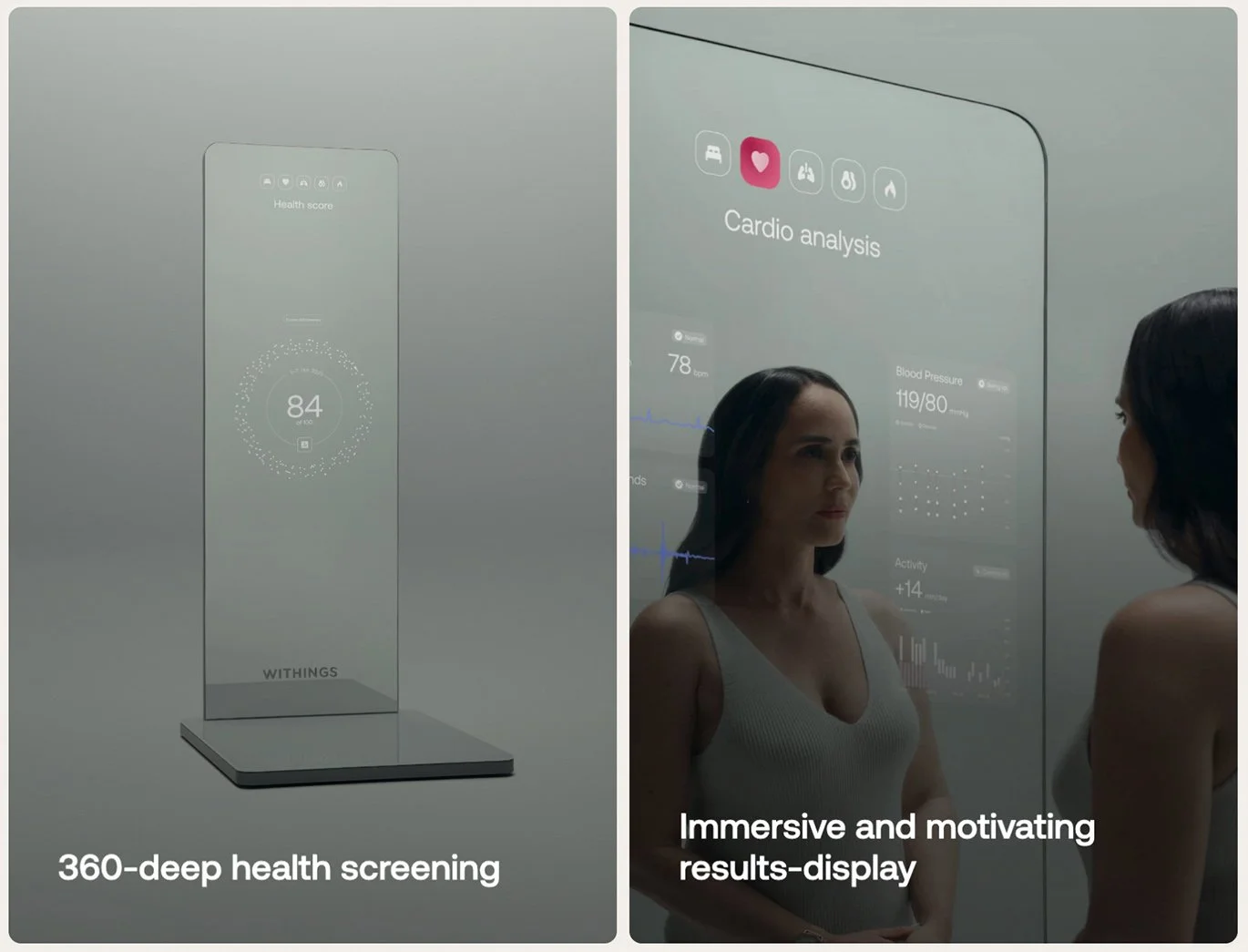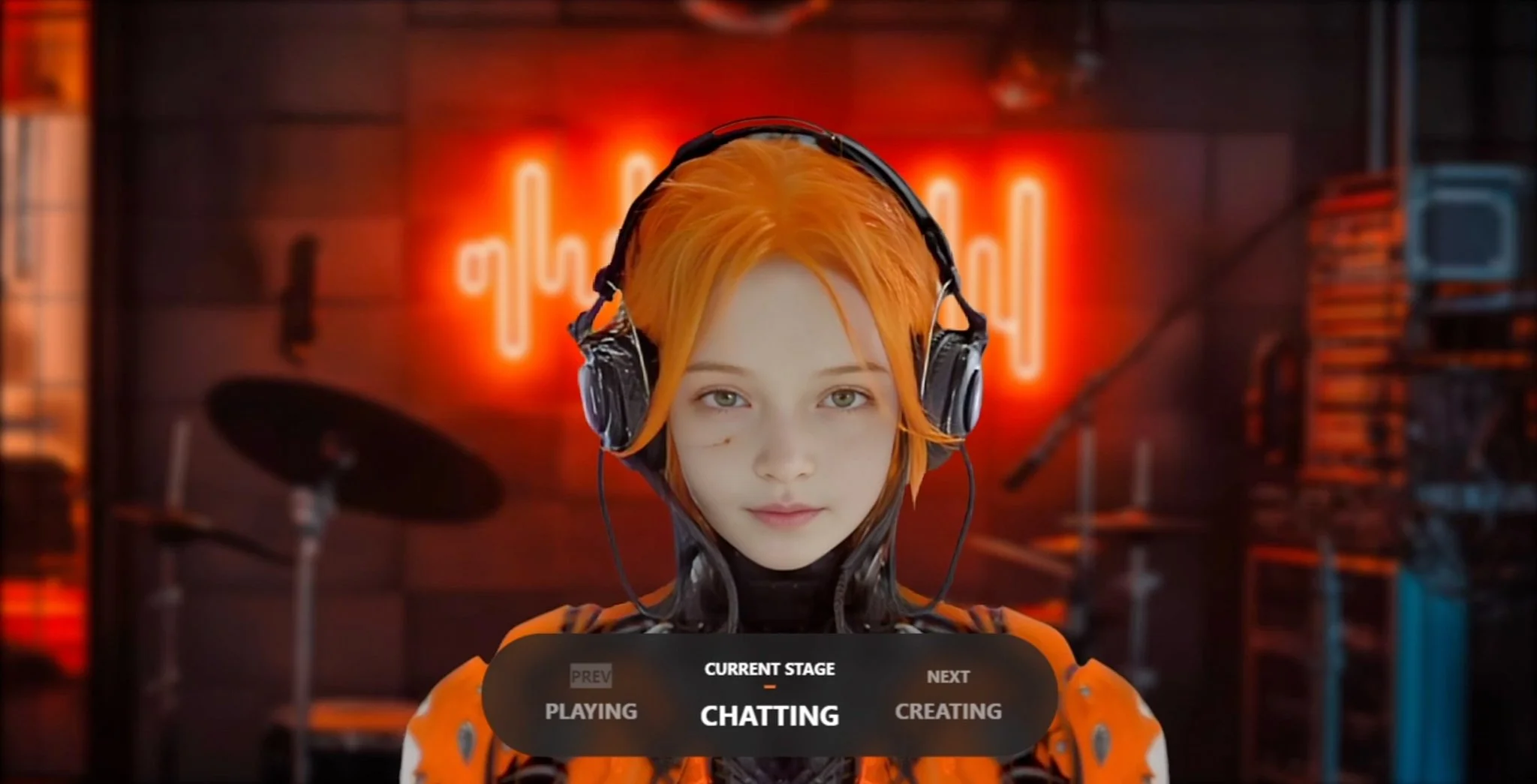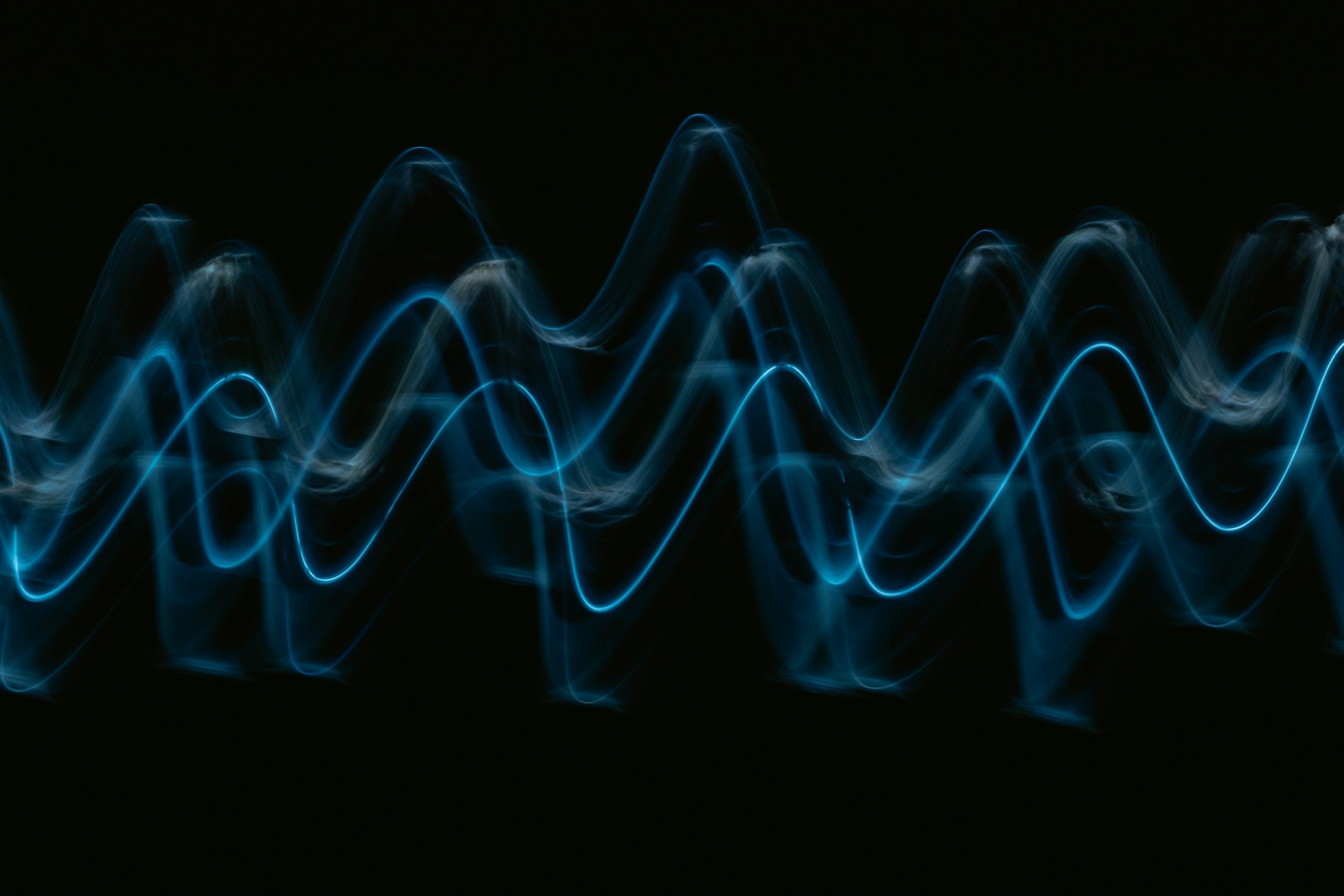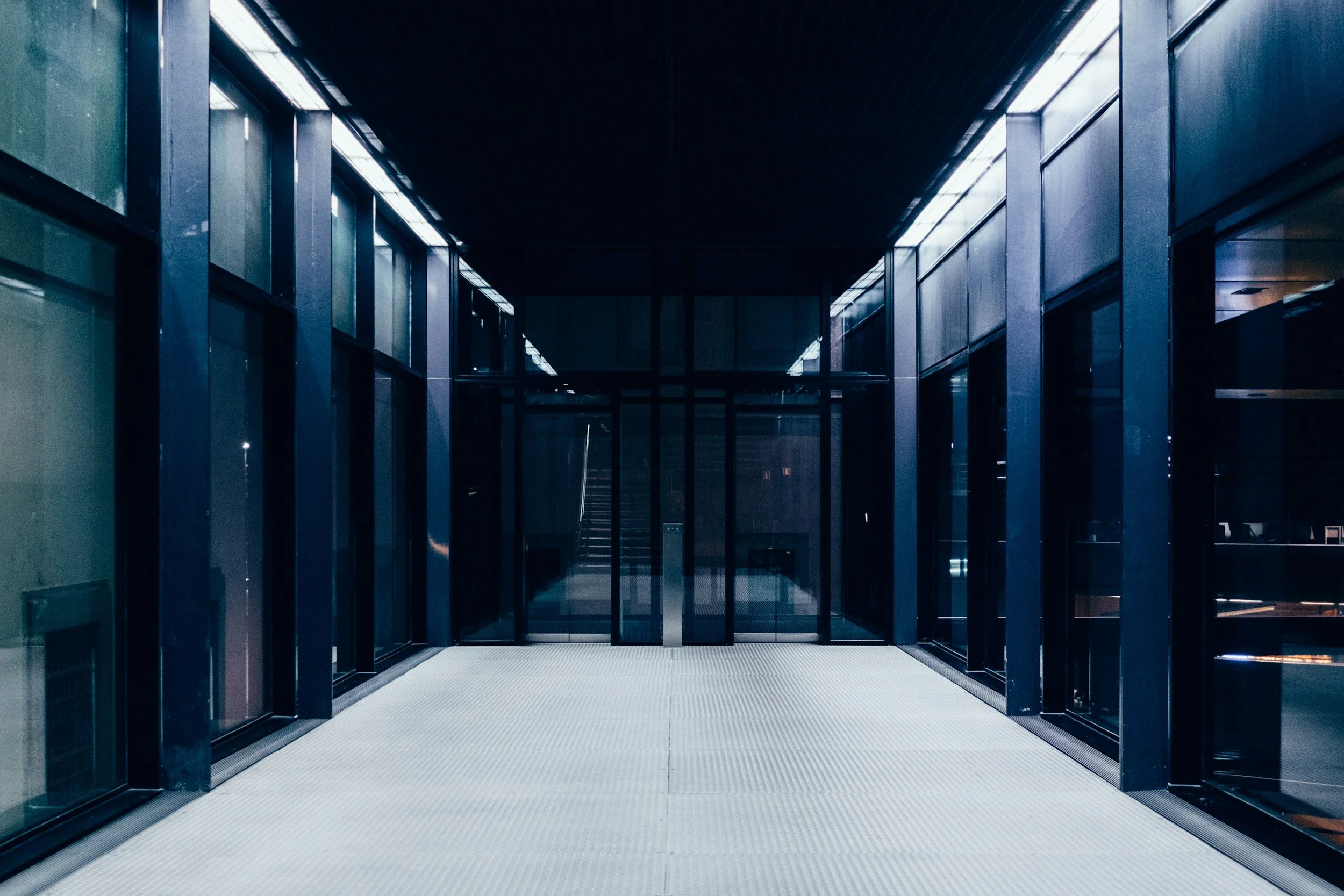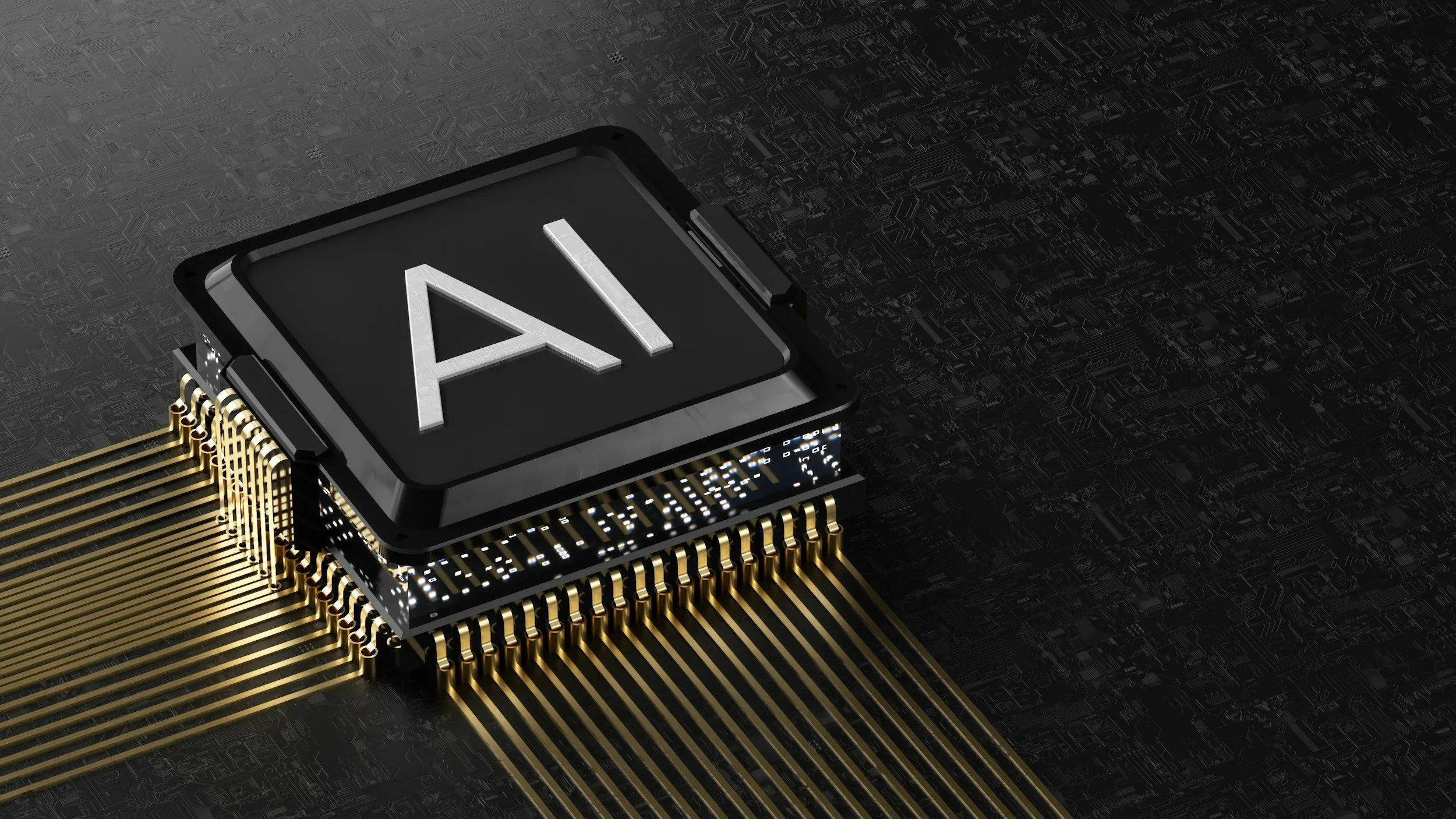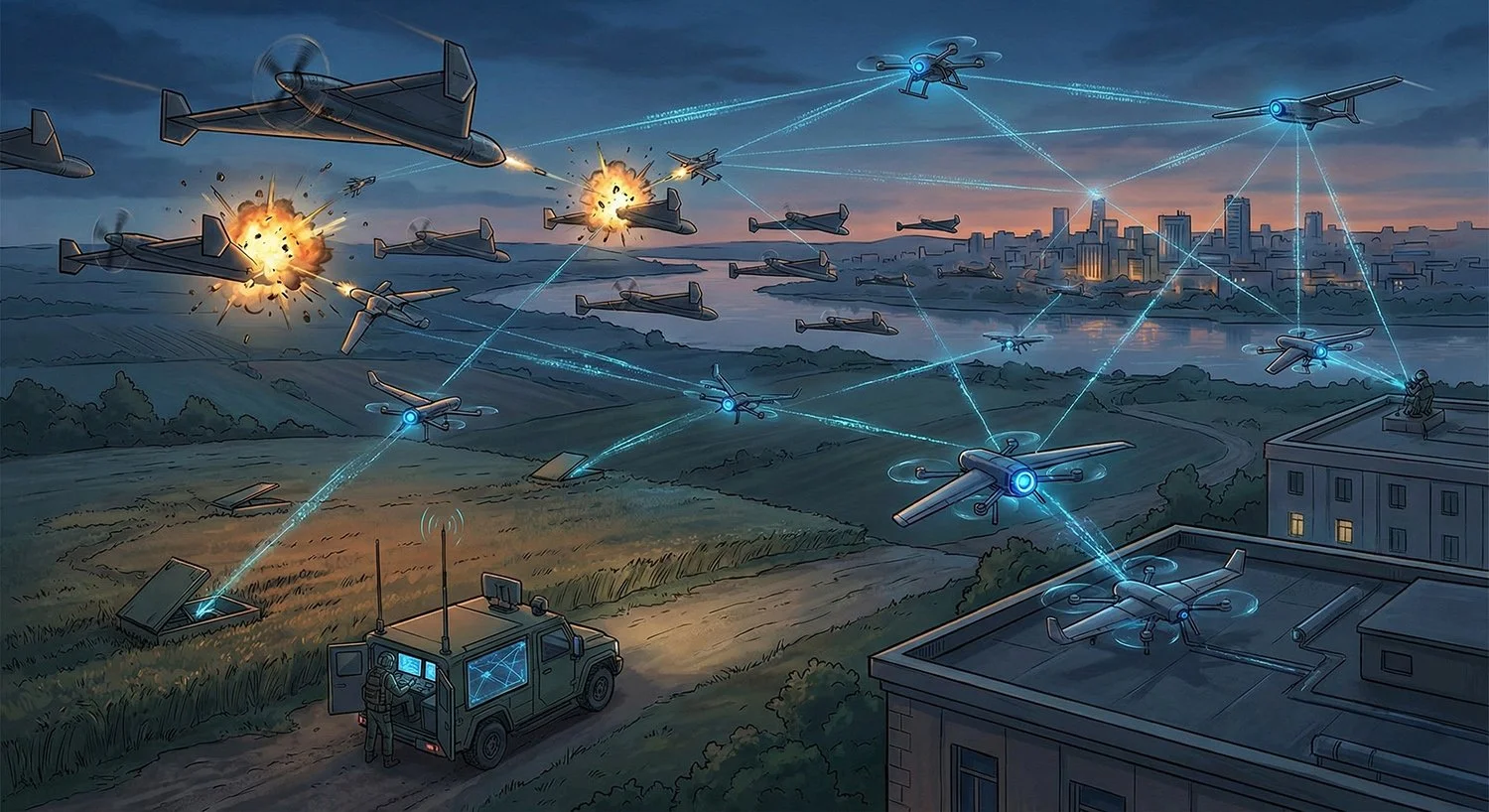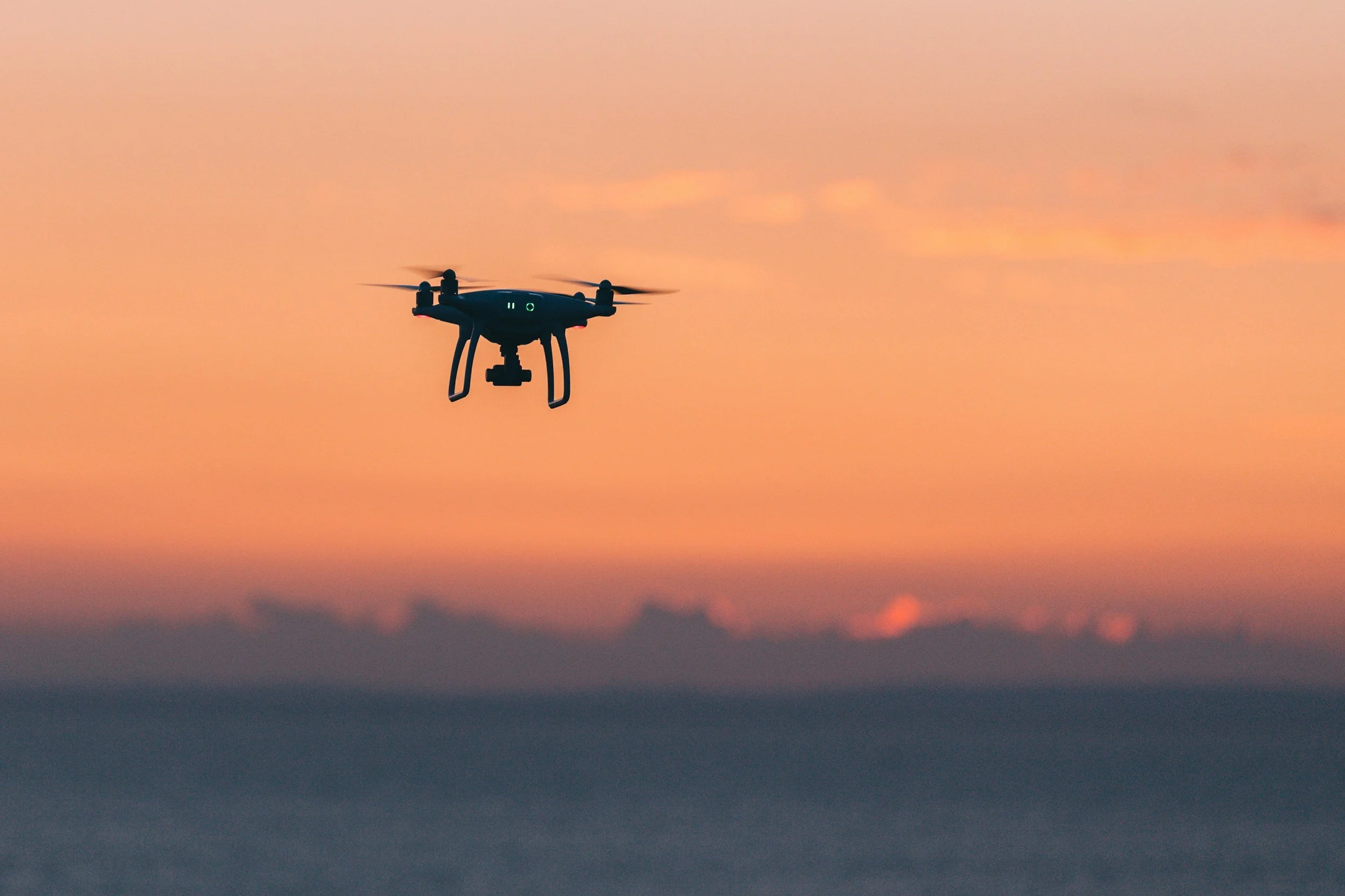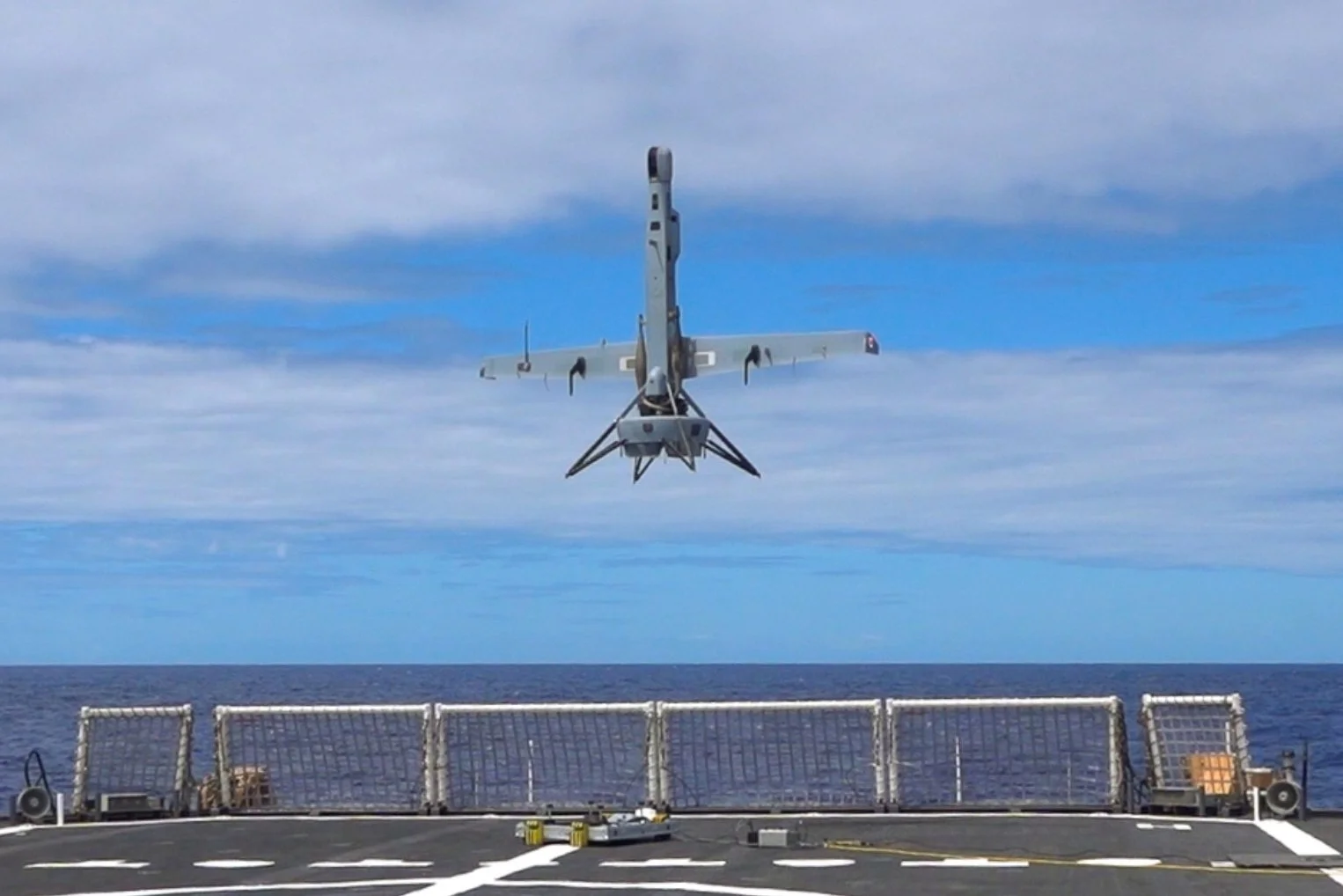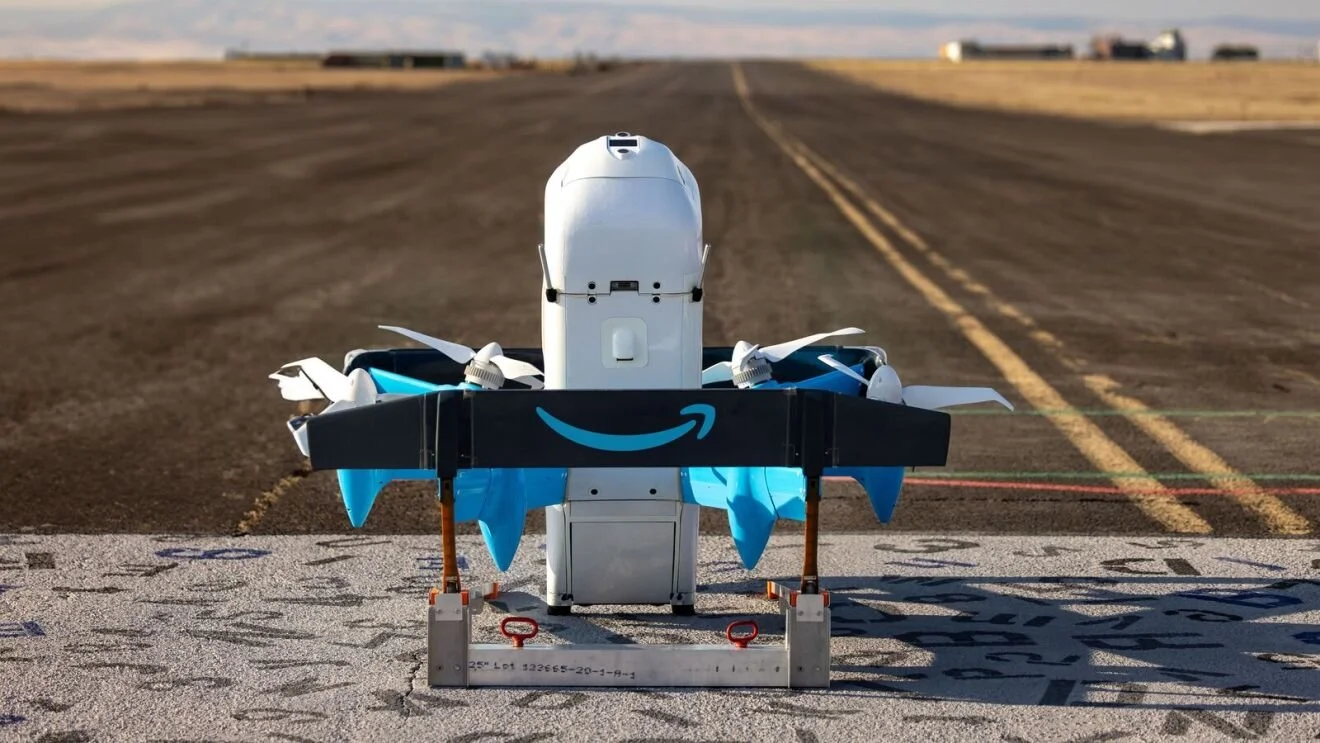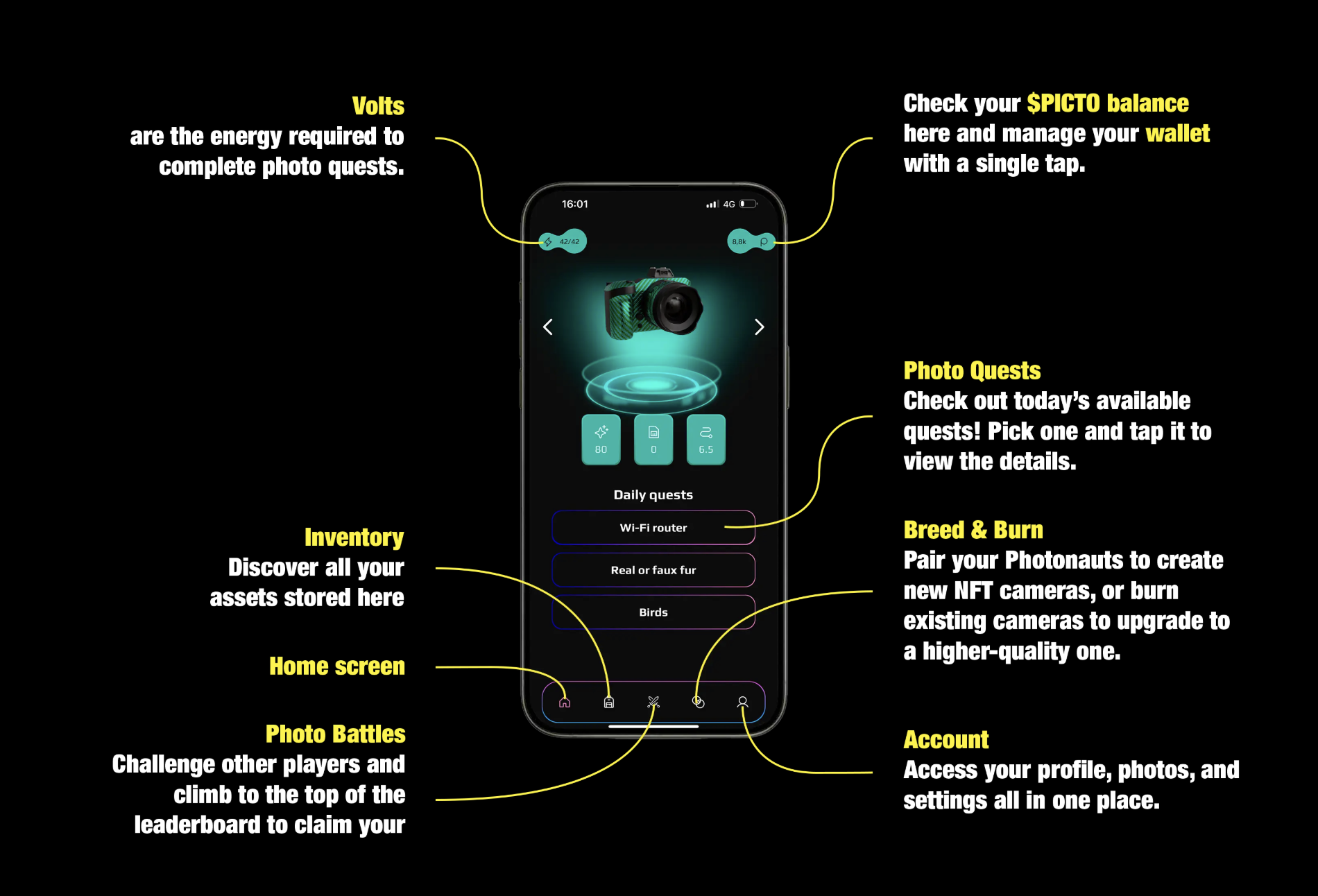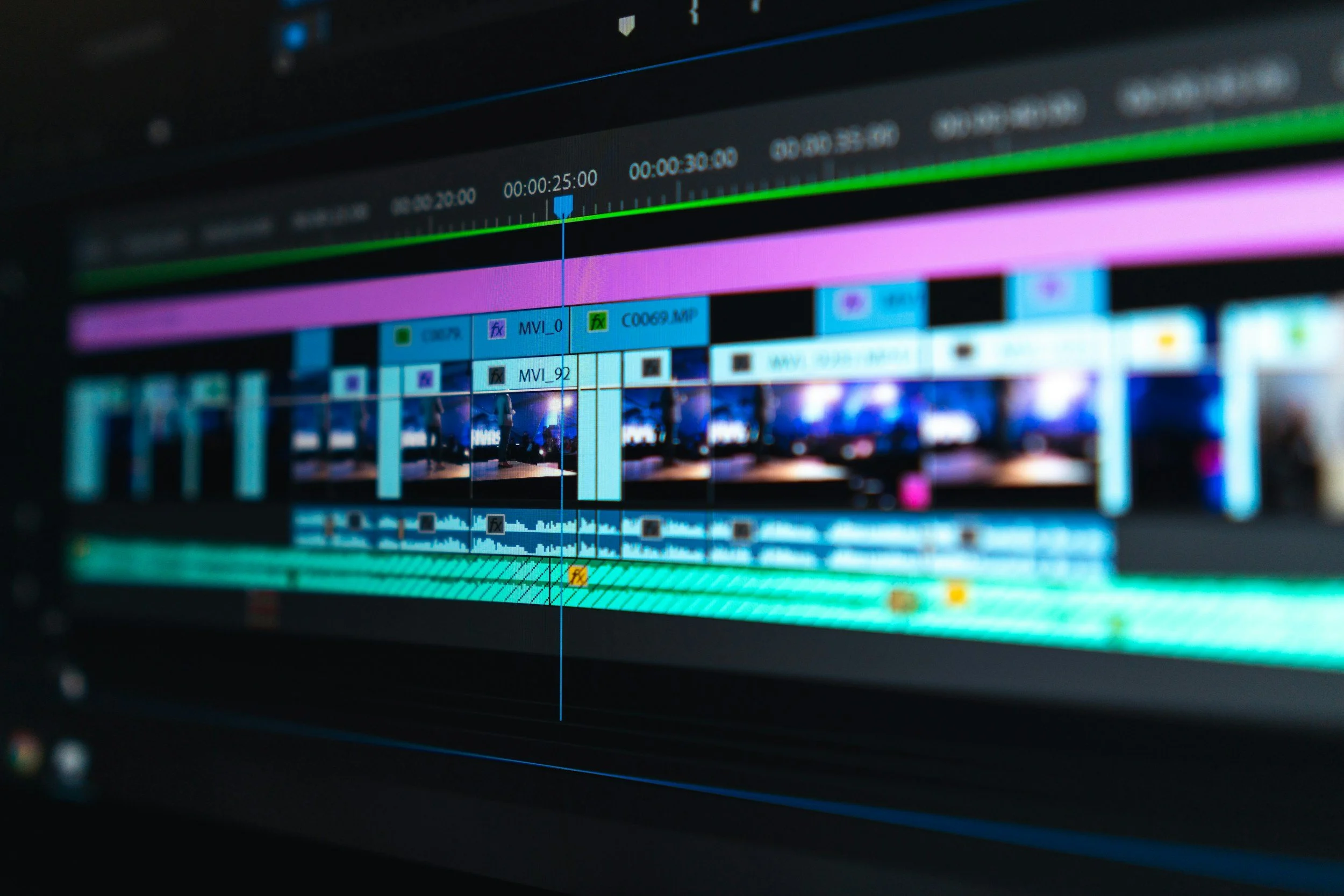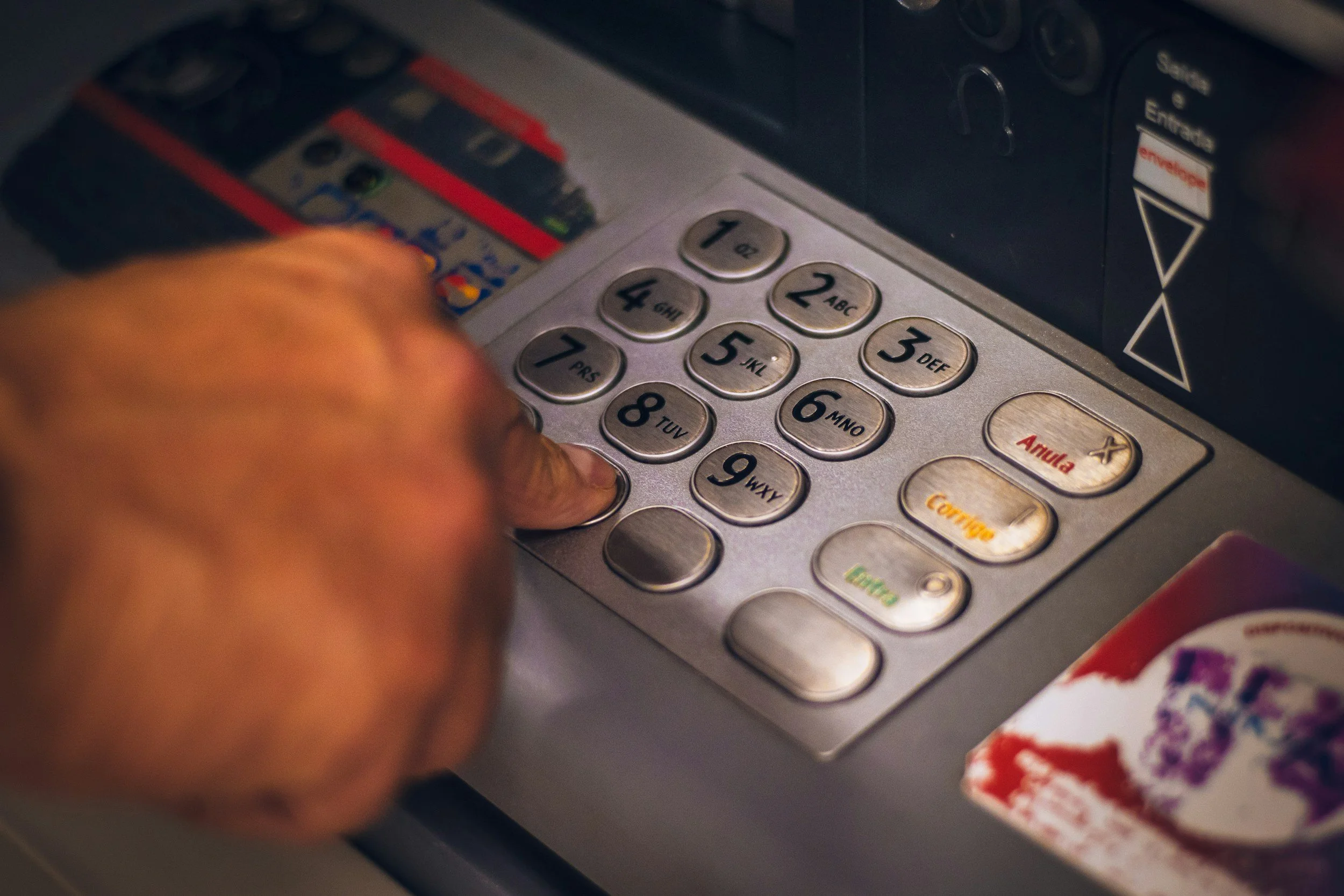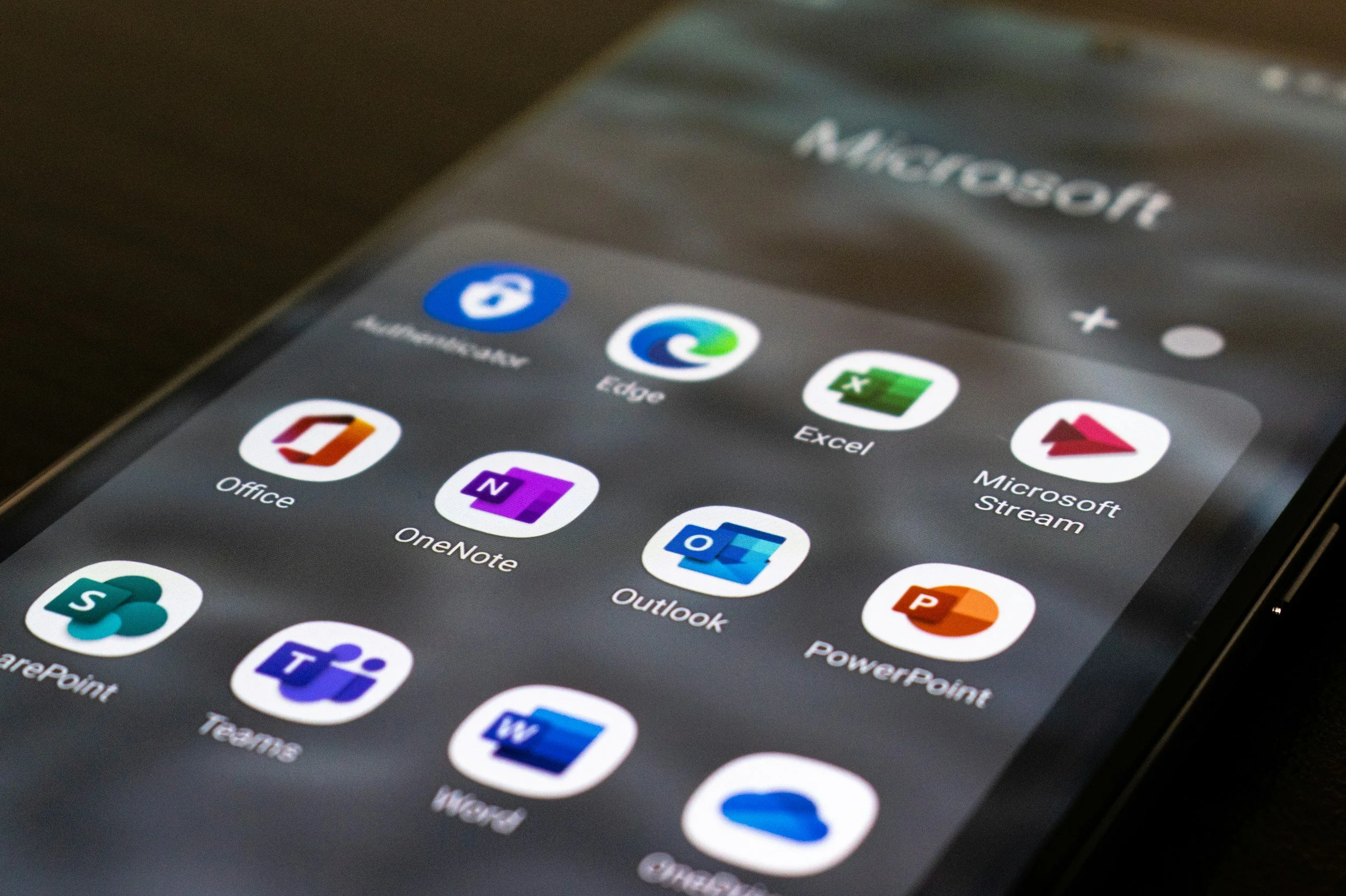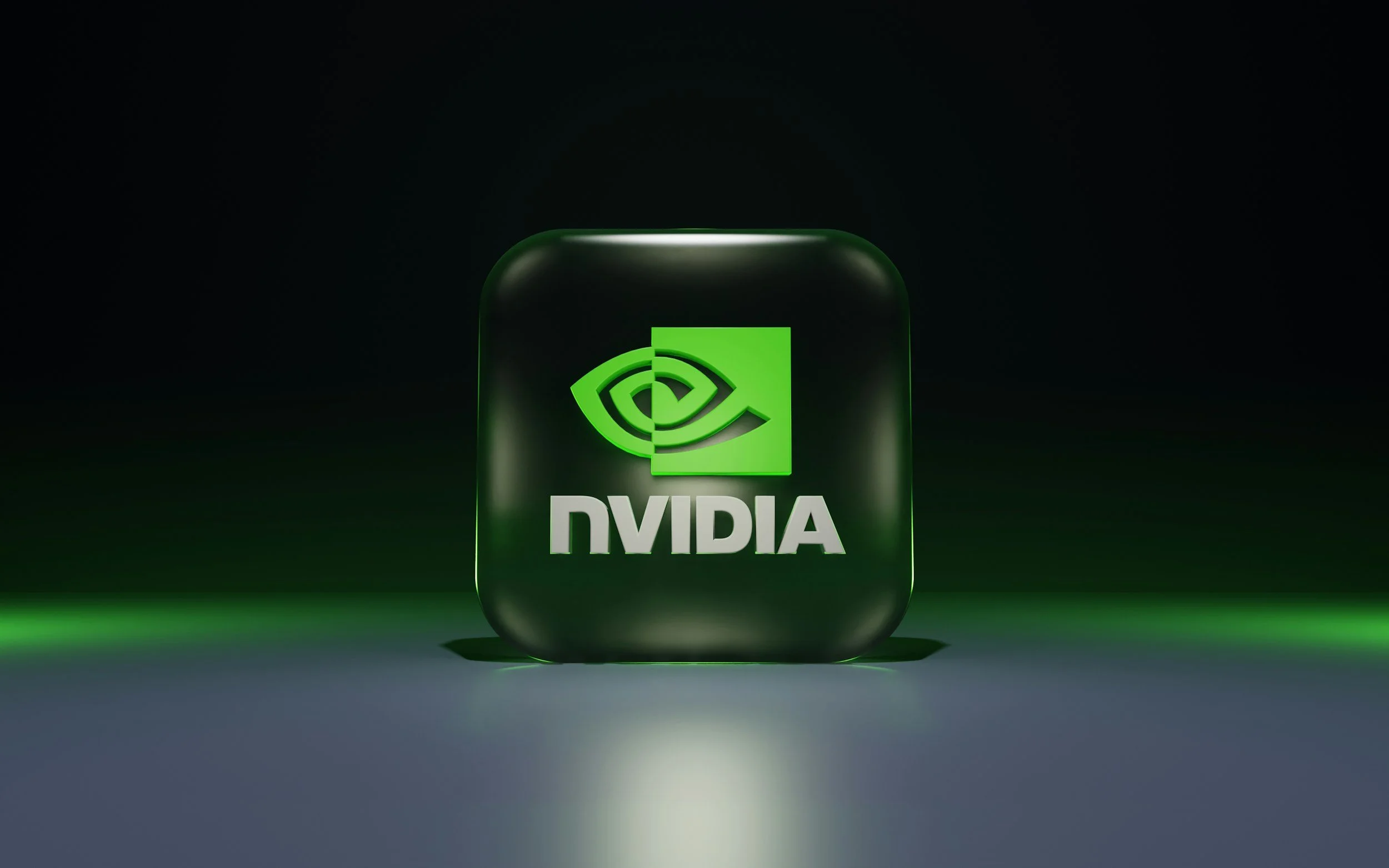China Unveils AI System for Nuclear Warhead Verification, Marking Global Arms Control Milestone

Image Credit: Casey Horner | Splash
Chinese researchers have introduced what they describe as the world’s first artificial intelligence system designed to differentiate real nuclear warheads from decoys, marking a potential milestone in the field of global nuclear arms verification. The findings were published in April by the China Institute of Atomic Energy (CIAE).
AI-Driven Nuclear Verification Explained
The new system, formally known as the “Verification Technical Scheme for Deep Learning Algorithm Based on Interactive Zero Knowledge Protocol”, aims to verify nuclear warheads without exposing confidential weapon designs. The verification process relies on a polythene barrier with 400 holes to scramble neutron signals, enabling the AI to analyze radiation patterns without revealing the actual geometry or internal structure of the warhead. The AI was trained on millions of simulated warhead components, some incorporating weapons-grade uranium and others containing substitute materials like lead, to distinguish genuine warheads from imitations. According to the study, the AI system achieved a very high accuracy rate during simulation-based testing.
Significance for Global Arms Control
This AI-based method addresses longstanding concerns over espionage that have hindered progress in U.S.-China nuclear arms talks. With China’s estimated nuclear stockpile at around 600 warheads—significantly fewer than the United States’ 3,748—verification protocols are crucial to any potential arms control negotiations. Traditional methods often depend on “information barrier” systems that have proven difficult to implement due to trust and security issues. In contrast, the new Chinese system proposes sealed, jointly-developed verification software that reduces opportunities for data leaks or manipulation and minimizes human involvement, which could foster increased trust between countries during warhead inspections.
Development Background and Challenges
Development of the AI verification system began over a decade ago, following the structure of earlier Chinese-American nuclear protocols. The project, led by the CIAE under the China National Nuclear Corporation, builds on China’s nuclear research heritage, including contributions from physicist Yu Min. The AI model was trained on securely isolated datasets to protect sensitive information. However, the system’s real-world deployment still faces major obstacles: it requires the approval of Chinese military authorities concerned about potential information leakage, and acceptance by other nations—especially the United States—that are wary of replacing established verification systems with new, AI-based approaches.
Potential Benefits of AI-Based Verification
If deployed, the AI system could streamline the nuclear verification process by reducing the need for direct human inspection and limiting the exposure of classified data. This could make participation in arms control agreements more appealing to additional countries. The joint development of the verification software is intended to further reduce suspicions of tampering or hidden surveillance mechanisms. The approach could establish new standards for arms control transparency, potentially positioning China as an influential player in next-generation verification technology.
Risks and Concerns: AI as a 'Black Box'
Despite its promise, the system’s reliance on deep learning algorithms means that the decision-making process may not be entirely transparent—an issue often referred to as the “black box” problem in AI. This lack of explainability, along with the risk of software bugs or cyberattacks, could undermine confidence in the system’s results and potentially destabilize arms control efforts. Convincing the international community to adopt an AI system for nuclear verification—especially before rigorous, independent validation—remains a significant challenge, particularly for the United States and its allies.
China’s Strategy: Military-Civil Integration
The verification project aligns with China’s broader “military-civil fusion” strategy, integrating advanced technologies like AI into both defense and civilian applications. As China’s nuclear arsenal grows—U.S. government estimates project a stockpile of 1,000 warheads by 2030—alongside advancements in delivery systems such as hypersonic missiles, the introduction of AI verification may play a role in future U.S.-China security negotiations. However, concerns about the pace and scope of AI integration in nuclear systems remain. During a bilateral summit in November 2024, Presidents Joe Biden and Xi Jinping agreed that control over nuclear weapons should remain strictly human, not AI-driven, highlighting the sensitivity of AI’s role in strategic stability.
We are a leading AI-focused digital news platform, combining AI-generated reporting with human editorial oversight. By aggregating and synthesizing the latest developments in AI — spanning innovation, technology, ethics, policy and business — we deliver timely, accurate and thought-provoking content.












